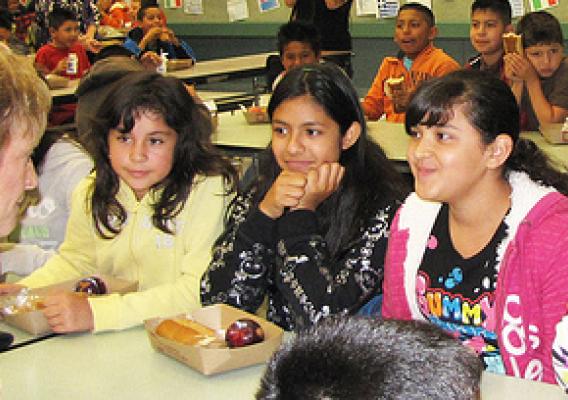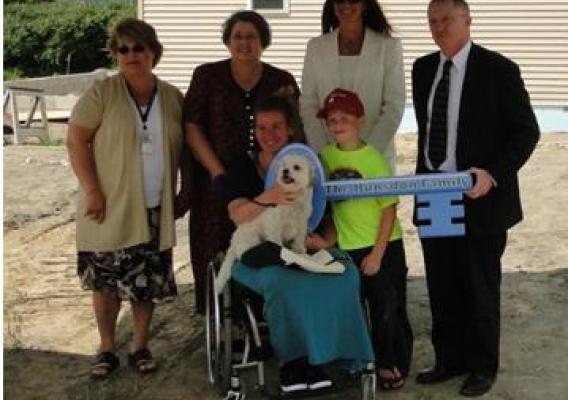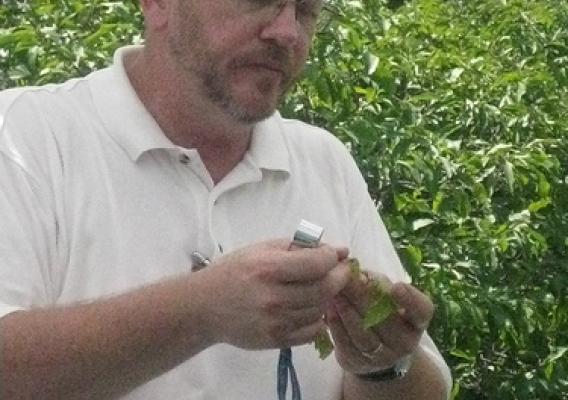By Dr. Janey Thornton, USDA Deputy Under Secretary for Food, Nutrition, and Consumer Services
Recently I spent a wonderful day touring California’s Salinas and Pajaro Valleys. My gracious host, Congressman Sam Farr, and I started with the most important meal of the day: breakfast. We visited Rancho Cielo Youth Campus, which has a culinary academy for at-risk youth, where Chef Adrienne Saldivar-Meier—who visited the White House last month as part of the First Lady’s Let's Move! Campaign—served us egg and sweet potato scrambler on lettuce, a fruit/vegetable muffin, and milk. Chef Adrienne also gave us an engaging nutrition lesson: for example, instead of wrapping our filling with a tortilla, which may have about 110 calories, we can use a lettuce leaf, a food with close to no calories. We all enjoyed a nutritious breakfast that met the USDA standards for the School Breakfast Program while discussing ways to bring more fresh produce into school nutrition programs.










